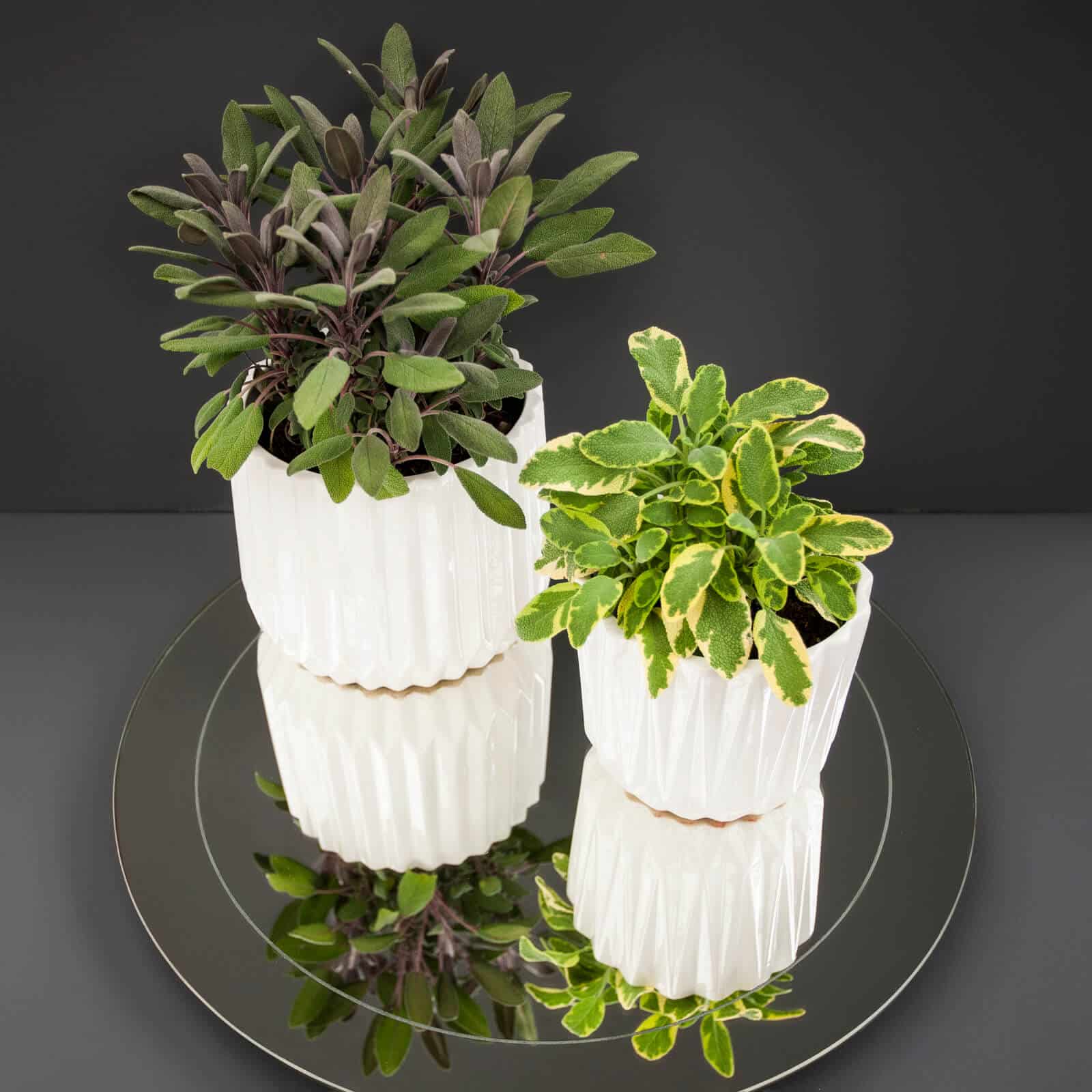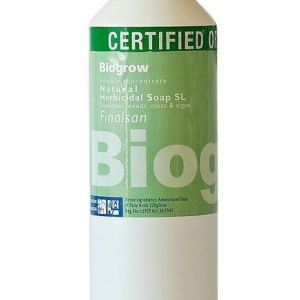Sage
Kitchen gardening

Sage (scientific name salvia officinalis) comes from the Latin word “salvare”, which means “to cure”. It’s a very apt name as sage has a host of healing properties, helping to ease ailments ranging from sore throats to insect bites. Here’s how to grow this attractive, evergreen perennial.
Growing tips :
- Sage grows best in full sun in well-draining, sandy soil. If you have clay soil in your garden, then it’s best to plant sage in a pot on a sunny patio.
- Sage is a hardy plant, and it doesn’t respond well to being watered too often.
- Sage grows to a height of approximately 30cm and has grey, velvety leaves and delicate, blue flowers in spring.
- Sage is an excellent companion plant for strawberries, carrots and cabbage.
Uses :
- Steep sage leaves in boiling water and use the “tea” as a mouthwash or gargle to ease sore throats and mouth ulcers.
- Take the sting out of insect bites by rubbing them with fresh sage leaves.
- Sage complements the flavour of cheese, butternut, pumpkin and pork. Sage and onion stuffing is delicious with roast chicken.
You might also like
Shop online
-
PLASTIC POT GREEN 7.5CM – 38CM
- R9.99 – R149.99
- Select options This product has multiple variants. The options may be chosen on the product page Learn More
-
- Sale!
KITTEN MAINE COON 4KG
- Original price was: R839.99.R671.99Current price is: R671.99.
- Add to cart Learn More
-
FINALSAN 500ML
- R219.99
- Add to cart Learn More




